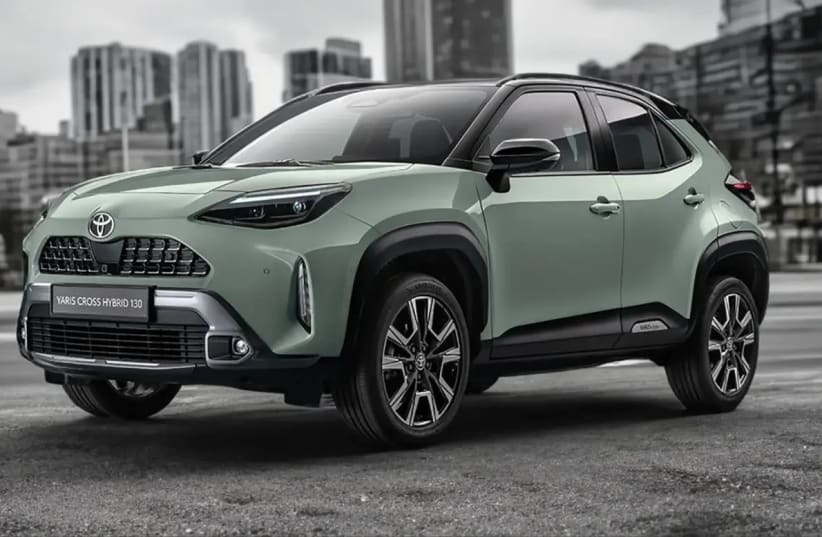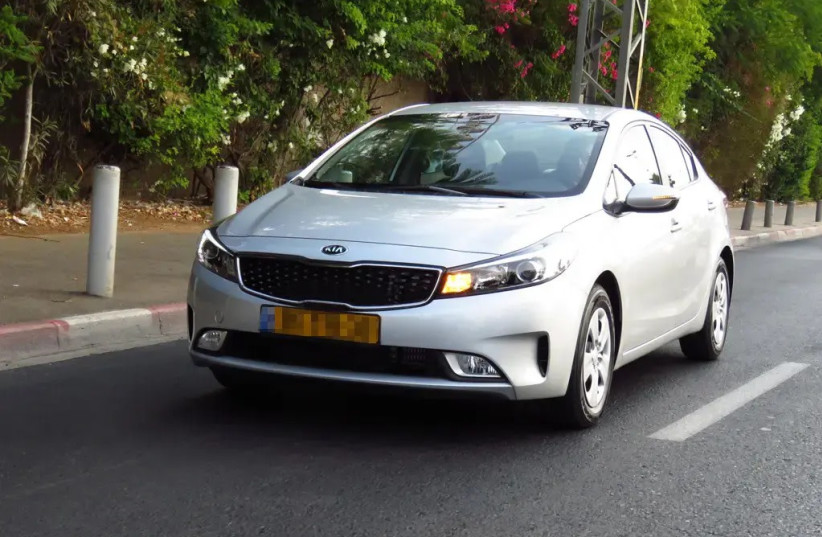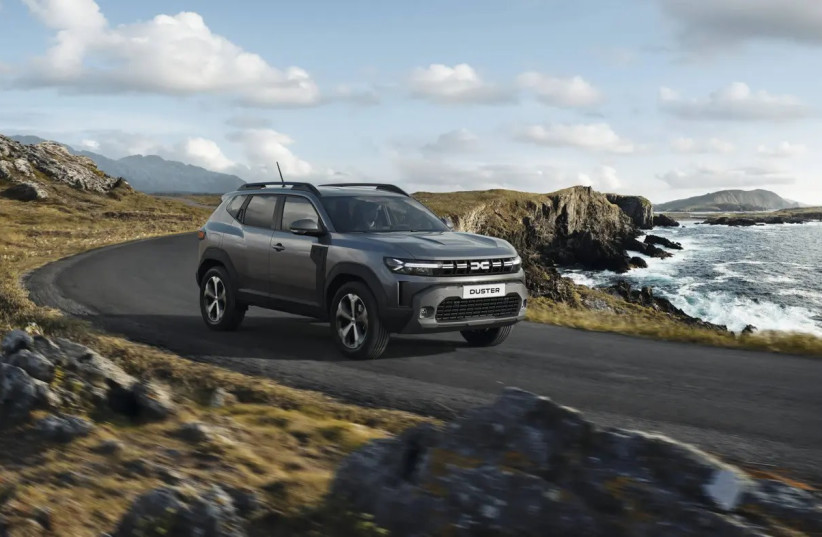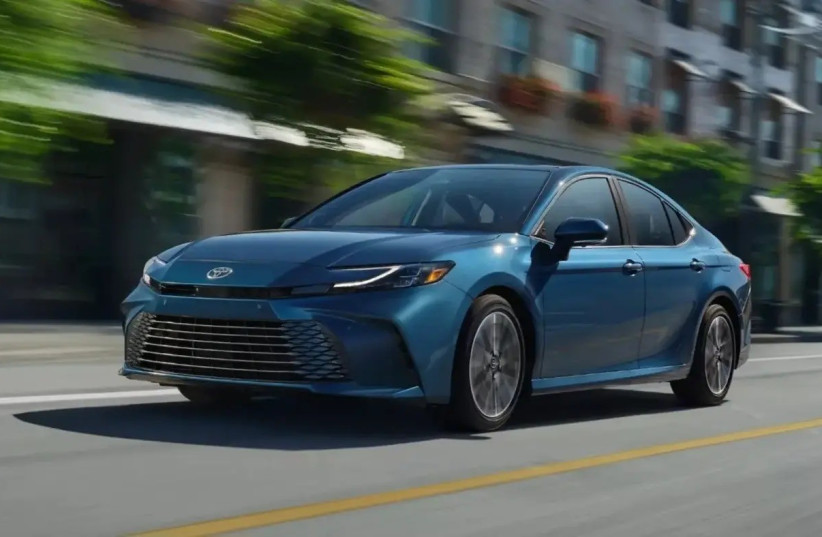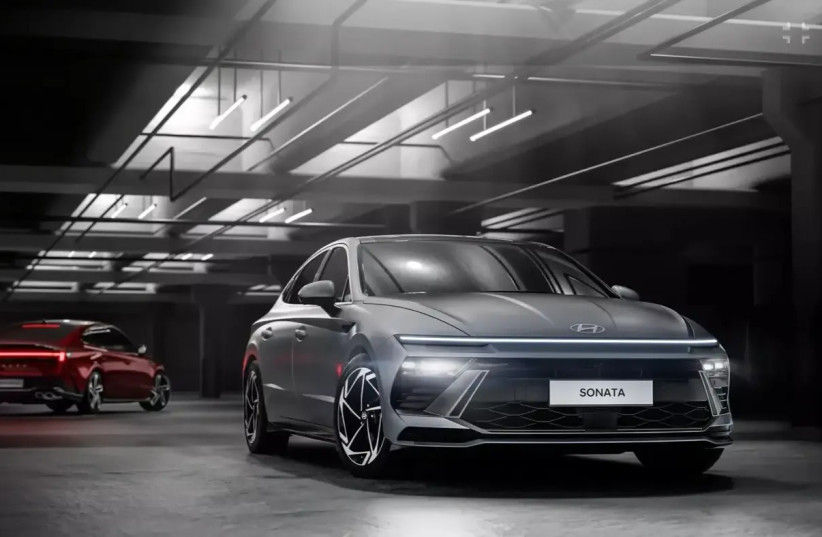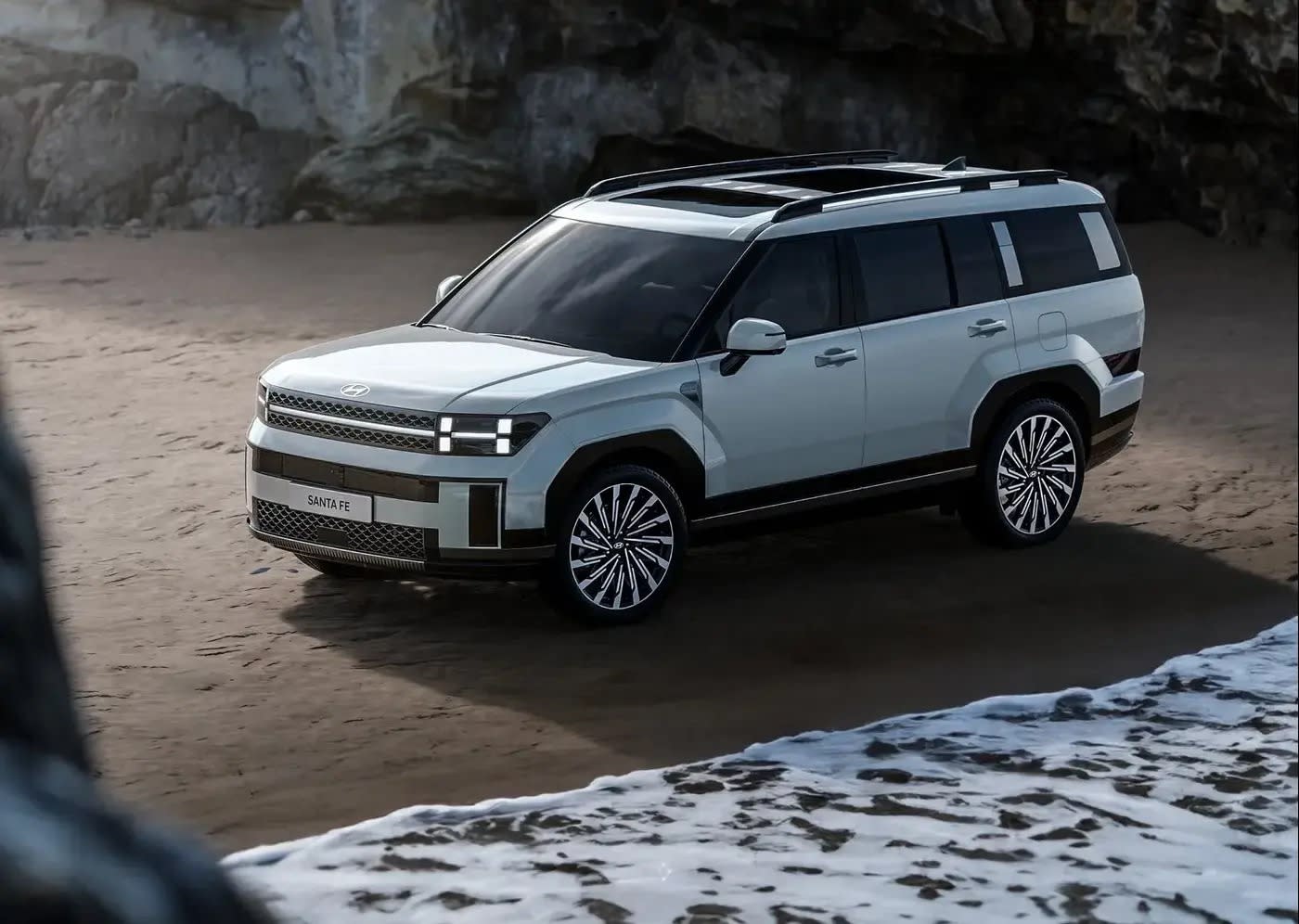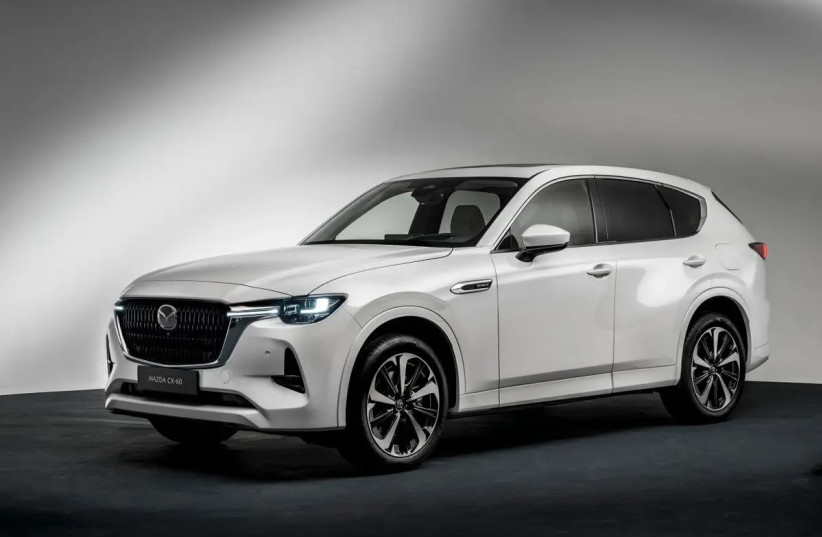Toyota Yaris and Yaris Cross: Upgrades
The successful super mini and crossover based on it are undergoing a mid-life update. The main upgrade, not coming to Israel, is a more powerful hybrid unit introduced first in the Lexus LBX, offering 130 kW instead of 116 kW, slightly enhancing performance at the cost of slightly increased fuel consumption, which adds to their already not-cheap prices.
We will receive other updates: improved noise isolation to reduce acceleration noise, a 9 or 10.23-inch digital dashboard, and a 7 or 9-inch multimedia screen with enhanced graphics and faster switching between displays. Additionally, there's an option to use a smartphone as an entry key through the Toyota app. The active safety system has been upgraded with new cameras that allow detection of other vehicles from a greater range and wider angle. Adaptive cruise control can now follow speed limit signs.
Expected in Israel: Second quarter
Kia Sorento: The Family Secret
The best-selling hybrid last year wasn't a leisure vehicle, but Hyundai Elantra, the family sedan. This happened because of difficulty meeting demand for family vehicles, especially in the leasing market. Toyota Corolla, the only other hybrid marketed here, was launched after a facelift but arrived late and in small quantities.
Towards the end of the year, both will face a new competitor: a family model yet to be unveiled from Kia, the first of its kind imported since the suspension of the Forte's marketing. Technical details are still unknown, but it is expected to adopt the Elantra's propulsion system, following Hyundai-Kia's component sharing policy.
Expected in Israel: Second half
MG3: Small, Economical, and Affordable
The British-rooted Chinese brand's electric offensive is currently paused in small cars. There, MG claims there is still no ability to produce an electric car with a competitive price range.
Therefore, the next generation of MG3 will switch from a gasoline engine like the current generation sold in Israel a decade ago to hybrid propulsion with a 1,500 cc engine and a relatively large 2.1 kWh battery. Apart from initial renders, not much detail is available from the manufacturer in China, but the promise is for a spacious super mini with all conventional active safety systems at a competitive price. A significant first challenge to Yaris? Interesting.
Expected in Israel: Second to third quarter
Dacia Duster: Electric, but also Gasoline
Joining the lineup of hybrid crossovers sold here this year is the next generation Duster, which will feature Renault's power unit, combining a 1,600 cc gasoline engine and an electric motor with a combined output of 141 kW and a 6-speed unique automatic transmission, with four speeds for the gasoline engine and two for the electric.
In this version, the Duster will come with front-wheel drive only, but will offer rugged design, a generous ground clearance of 22 cm for off-roading, high seating, and a relatively large 472-liter cargo compartment. The driving environment is also more modern, and the active safety systems have been upgraded, though they are still relatively sparse for the market: emergency autonomous braking is available only in forward driving, there's lane departure correction, and automatic high beam, but no adaptive cruise control. At the right price, this presents an interesting competition to Hyundai Kona and Toyota C-HR.
Expected in Israel: Second half
Toyota Camry: Keeping the Line Straight
The Japanese didn't kill off all their sedans. The Toyota Camry is one survivor, and we'll soon discuss another survivor's update. A new front announces the update, which includes a redesigned driver environment with a dazzling 12.3-inch multimedia screen protruding from the dashboard, alongside a similarly sized instrument cluster.
There's also a new power unit, with the same displacement - 2.5 liters - as before, but delivering 228 horsepower in the front-wheel-drive version coming to the country, promising lower fuel consumption. Suspension and braking systems have also been completely overhauled, and the active safety system now includes autonomous emergency braking in reverse and adaptive cruise control even in traffic jams.
Arrival in the Country: Second half of the year
Hyundai Sonata: Embracing Sportiness
The successful new front successfully creates the feeling of a new model, but it's actually a mid-life update typical for the Korean sedan. Unlike Toyota, Hyundai has an electric sedan counterpart, the Ioniq 6, but for those still hesitant about charging, it will continue to offer the Sonata with the hybrid unit featuring a 2,000 cc engine and an electric motor (192 combined horsepower) that continues unchanged.
Not only has the exterior design been updated. The driver's environment now resembles that of the Ioniq 5 and 6, with a pair of large 12.3-inch screens for multimedia and an instrument cluster, while the gear shift lever moves to the steering column, freeing up plenty of storage space and expanding the area between the driver and front passenger. Here too, access to the car via smartphone will be possible, though it's unclear if Hyundai will offer this option locally.
Arrival in the Country: Second half of the year
Hyundai Santa Fe: Completely New
Just four years after the launch of the current generation, Hyundai unveils a completely new Santa Fe, with a radically different design reminiscent of the Kia EV9 electric SUV. In contrast, it will be offered with hybrid engines (1.6 liters, 226 horsepower) and plug-in (1.6 liters, 165 horsepower, and an electric range of over 50 kilometers), although there will also be a gasoline version for markets preferring it.
The length has increased by about 5 cm to 4.83 meters, to improve rear seat space, and the second row has been upgraded with a 6.6-inch screen to control climate, akin to Tesla Model 3. The driver's environment also echoes that of the Ioniq 5 and 6 electric models.
Arrival in the Country: Third quarter
Mazda CX-60: Racing for Luxury
A year after the CX-90 with seven-eight seats, its smaller sibling, the CX-60, with five seats, will land in the country. The smaller sibling is based on the same new platform with rear and all-wheel drive, a 2.5-liter engine, and a combined electric output of 327 horsepower. A 17.8 kWh battery ensures an official combined range of 63 km. There's also a light hybrid 3-liter engine.
Dimensions are larger than the CX-5, with improved material quality and equipment list. Alongside a pair of 12.3-inch screens for multimedia and an instrument cluster, physical buttons for system operation are also present. Road behavior has been upgraded, and active safety systems include emergency braking in reverse and door opening prevention if there's a danger to passengers during opening. The upgrade to a luxurious crossover will also come with a price tag of around NIS 300,000.
Arrival in the Country: Third quarter
Chery Tiggo 8 Plug-in: Next Stage
Already in its first year, Chery's Tiggo 8 became the best-selling seven-seat crossover in Israel, significantly ahead of competitors like Skoda Kodiaq and Mitsubishi Outlander. In the coming year, it will receive a significant upgrade with the first plug-in version: a 2,000 cc gasoline engine and an electric motor producing a combined 327 horsepower.
A 19.27 kWh battery ensures a respectable official electric range of 75 km, and there's an option commonly available in electric cars today but not in plug-in hybrids, to operate electrical devices or charge other electric vehicles, with a power output of 3.3 kW. Performance-wise? 0-100 km/h in just 7.5 seconds.
Arrival in the Country: Second half of the year
Renault Grand Captur: Hybrid Crossover
Under the code name Renault DJB, the French manufacturer will launch another crossover this year, which will be an enlarged version of the compact Captur.
The Grand will be larger than the Captur and smaller than the Koleos, with a length of about 4.4 meters, and will feature Renault-Nissan's familiar power units: a 1.6-liter hybrid with 145 horsepower and a 1.2-liter mild hybrid with 140 horsepower.
It's still unclear whether the launch of the Grand Captur will mark its end in the European market and with us in Renault Arkana, itself a successful crossover coupe produced in South Korea.
Arrival in the Country: Second half of the year
